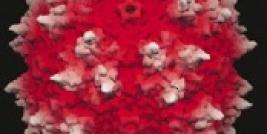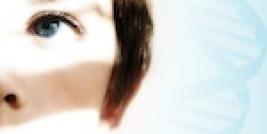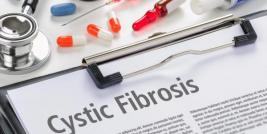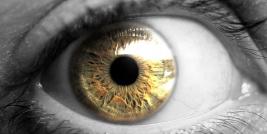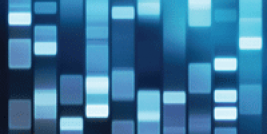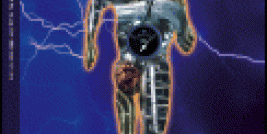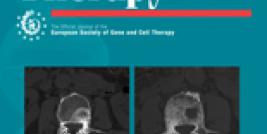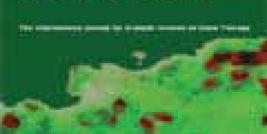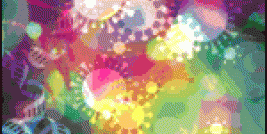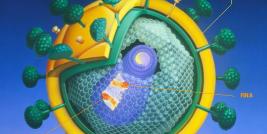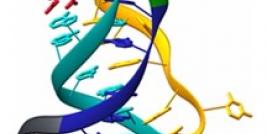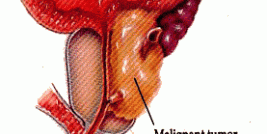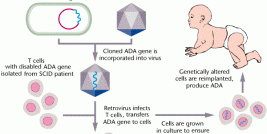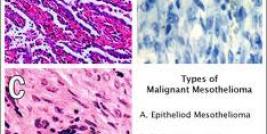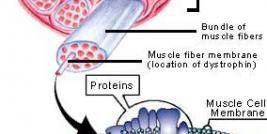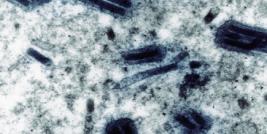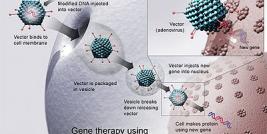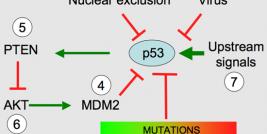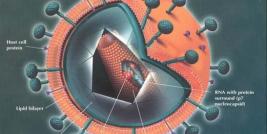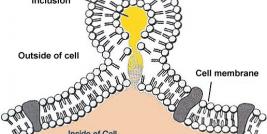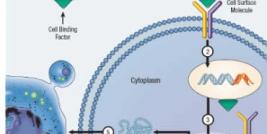
Non-viral gene transfer is arguably the safest way in which to introduce exogenous nucleic acid into living cells. However, in general this is also a very inefficient means of introducing DNA or RNA into cells. In order for a gene to be expressed it must find its way into the cell’s nucleus, this means it has to pass two lipid barriers; the extracellular membrane and the nuclear membrane. Given that nucleic acid and the lipids that comprise a cell’s membrane are both negatively charged, electrostatic forces would result in the repulsion of any nucleic acid that approached a cell. To circumvent this, it has proved effective to neutralize the negative charge of the nucleic acid with a positively charged substance. The most effective chemicals employed to date are those based on cationic lipids. The positive charge on the lipid neutralizes the charge and transfer across the membrane is achieved as a result of the lipid’s ability to fuse with the lipid-based membrane structure that surrounds the cell. In this section we explore the various physico/chemical-based agents that have been developed with a view to mediate effective gene transfer.
Plasmid
In the majority of gene therapy applications DNA is the nucleic acid that is being transferred into target cells. In this case, the DNA is provided in the form of a plasmid. Plasmids are small, circular, double-stranded, extra-chromosomal DNA molecules that are pre-dominantly found in bacteria (see diagram one). They are the workhorses of recombinant DNA technology, due to their ability to replicate independently and can be used to generate large quantities of DNA in appropriate hosts. Typically, a gene expression cassette (see diagram two), comprising a promoter (transcription initiator), the gene of interest and a transcription termination signal is incorporated into a plasmid, which is then used to mediate expression of the therapeutic gene in target cells.

